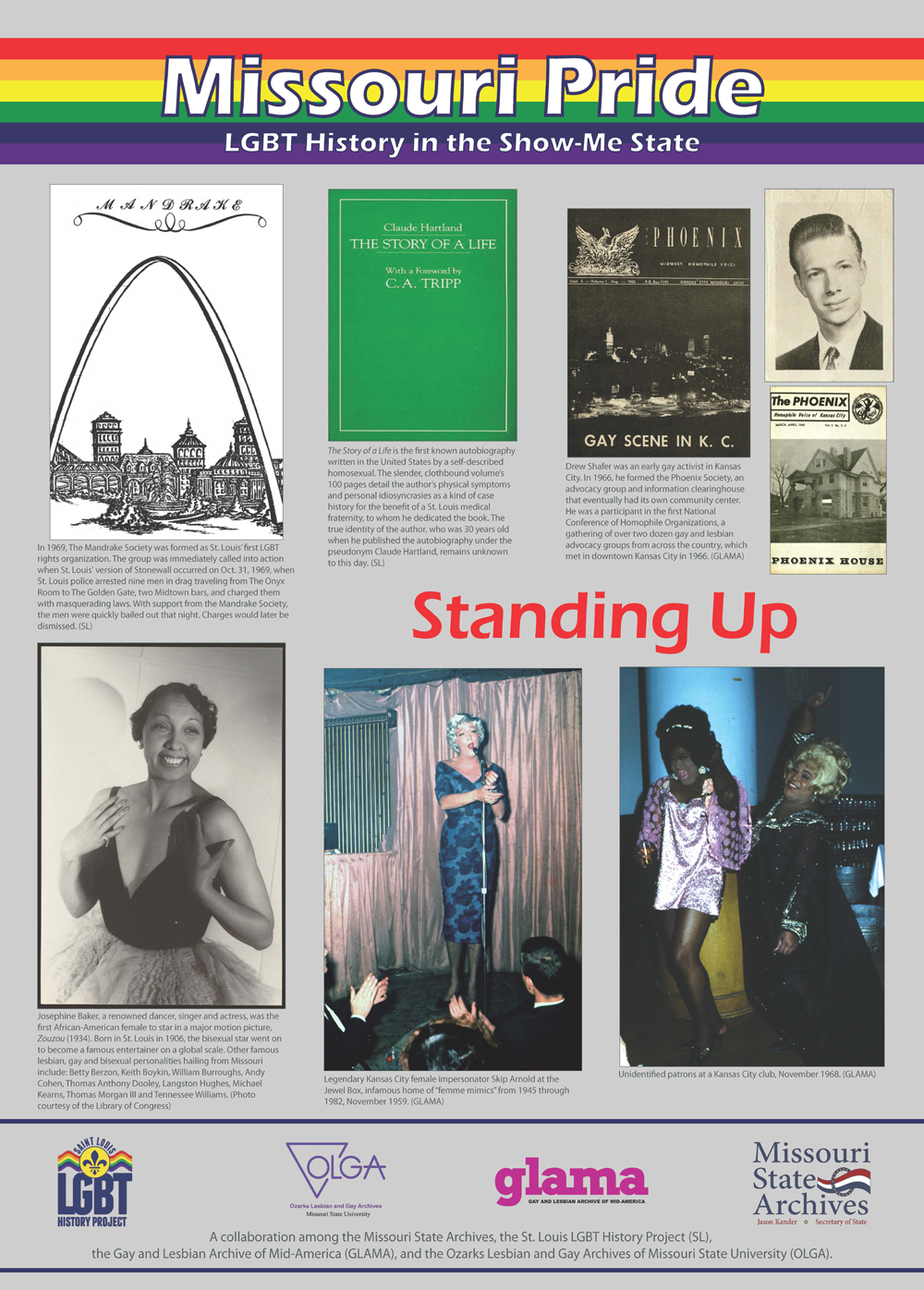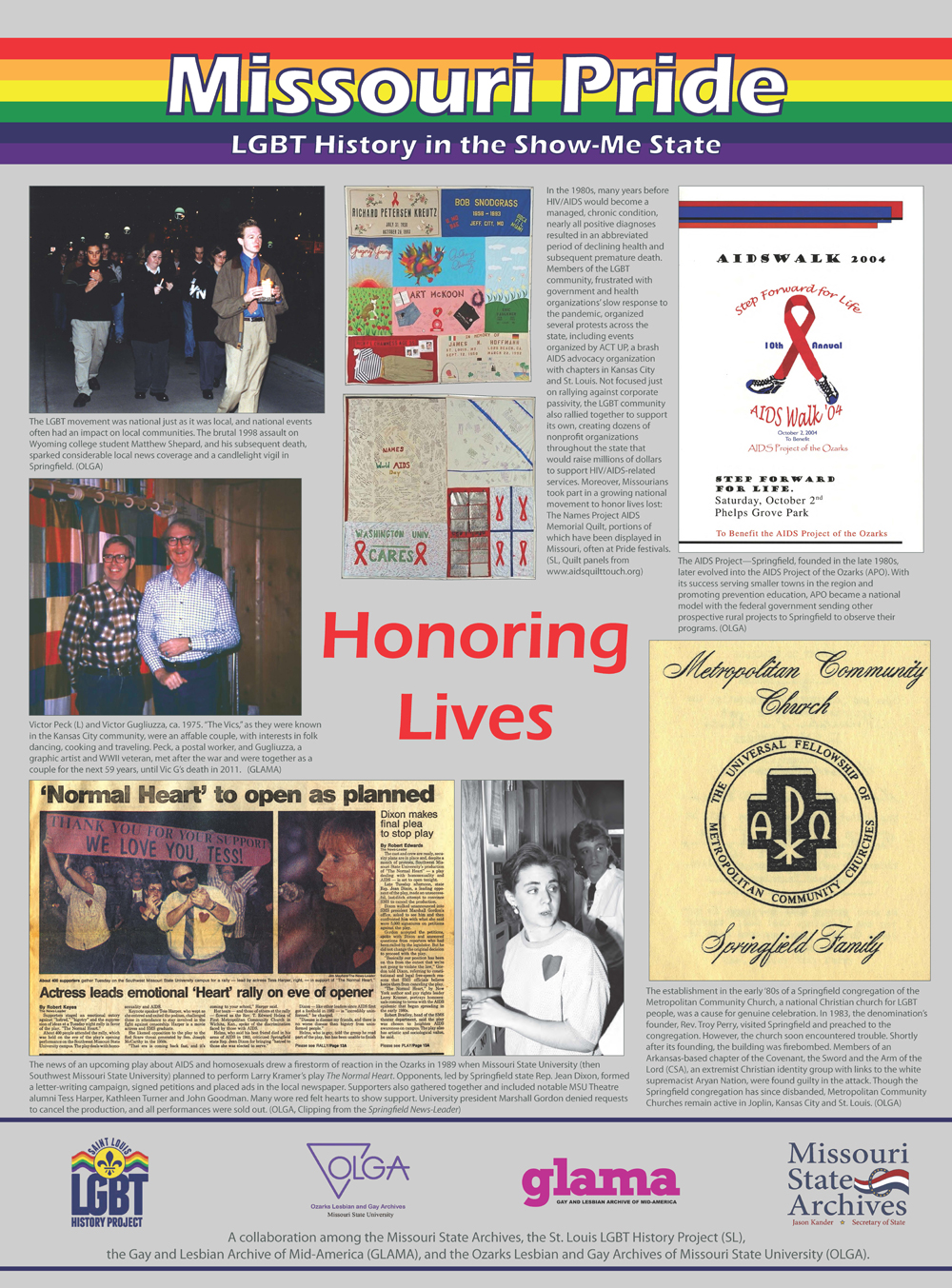1920s Homeless Boy
Preface: An excerpt from the Bureau for Men's 1930 study on St. Louis' homeless boys. It is a brief case history of an unnamed "sex pervert" and "pansy" in the Bureau's care. Beyond the information provided in the report, it is only known that he was a white teenager and had been paroled no earlier than February 1925.
Mother dead. Has stepmother. Is sex pervert, woman impersonator. Known as a "pansy". Paroled to Kingdom House. Placed in Christian Home. Had not lived at own home for a long time. Knew very little of his sisters and brothers. Charge in Juvenile Court was check forgery, which case testified his father had forced him into by beatings. Improvement while with Christian family remarkable. ([Bureau for Homeless Men] paying room and board.) Client displays concern for welfare of a brother and sister with father, who client claimed is always drunk. ... Client's mother - dope fiend, maternal grandfather died in prison. Father himself had been an outlaw, operating in Wyoming and Colorado. ... Doctor stated a minor operation (circumcision) might relieve sex preversity [sic] of client. Good report from farm where client is learning farming. Psychiatric examination elicited no new facts. Client taking deeper interest in life. Has own chickens. Reads much - takes physical exercise for "muscles", wants to learn interior decorating. At present client still on farm - doing well. Juvenile Court pleased with reports on him and client's contacts with father and family entirely erased."
Source: File 84, Bureau for Men Records, 1921-1982 (sl 176), State Historical Society of Missouri
1958 Sodomy Case
State of Missouri v. John Wilson Hamilton
Supreme Court of Missouri, Division 1
March 10, 1958
PROCEDURAL POSTURE: Defendant appealed a decision of the Circuit Court of the City of St. Louis (Missouri), which, upon a jury verdict, convicted him of sodomy, denied his motion for a new trial, and sentenced him to two years imprisonment.
OVERVIEW: The victim, a 15-year old boy, testified that he met defendant, who bought him a coke at a tavern. Defendant then took the boy to a hotel where they occupied a room, and defendant committed the crime of sodomy. Defendant argued that the trial court erred in refusing to permit him to explain why he signed a fictitious name to the hotel register. The State had introduced the evidence as tending to prove that defendant possessed a criminal intent. The court held that defendant was entitled to give his reasons for registering under a fictitious name and that it was for the jury to consider the explanation in passing on defendant's guilt or innocence. Further, the rule the State invoked, that it was necessary for defendant to make an offer of proof, was not applicable. The court also held that the trial court erred in admitting the State's rebuttal evidence to the effect that defendant had been seen at the hotel in the company of other men on occasions prior to the date of the offense charged. Defendant had objected that the evidence in rebuttal was on a collateral matter and that defendant had not put his character in evidence. Finally, defendant had preserved the issue for review.
OUTCOME: The court reversed defendant's conviction and remanded the cause to the trial court for a new trial.
Source: 310 S.W.2d 906; 1958 Mo. LEXIS 768
1959 Murder Case
State of Missouri v. Tony Robinson, Jr.
Supreme Court of Missouri, Division 1
November 9, 1959
PROCEDURAL POSTURE: Defendant appealed a judgment of the Circuit Court of the City of St. Louis (Missouri), which entered the jury's verdict convicting him for manslaughter and, upon the jury's failure to agree as to defendant's punishment, sentenced him to seven years of imprisonment in the state penitentiary.
OVERVIEW: At the deceased's invitation, defendant shared a fifth of wine while sitting in the back seat of a car in a junkyard lot. After the deceased insisted on committing sodomy on defendant, defendant's refusal precipitated an argument and a fight. After blows were exchanged and the deceased picked up the wine bottle, defendant pulled him out of the car. After the deceased attacked him and tried to grab his feet, defendant kicked himself free. The deceased's head hit an old motor block. Defendant, who suffered a broken big toe, ran home to escape the deceased, whom he did not know was hurt. The circuit court refused defendant's jury instruction on the right of self-defense when one is threatened with the commission of a felony. On appeal, the court reversed defendant's conviction for manslaughter by finding that defendant was entitled to a jury instruction on justifiable homicide. As defendant claimed that all he did was to use such force as was necessary to prevent the deceased from sodomizing him and to get away from him, defendant's theory of justifiable homicide should have been included in the self-defense instruction.
OUTCOME: The court reversed defendant's conviction and sentence for manslaughter and remanded the case. On retrial, the court opined that the photographs of the body of the deceased that the state introduced into evidence over defendant's objection should be excluded.
Source: 328 S.W.2d 667; 1959 Mo. LEXIS 672









